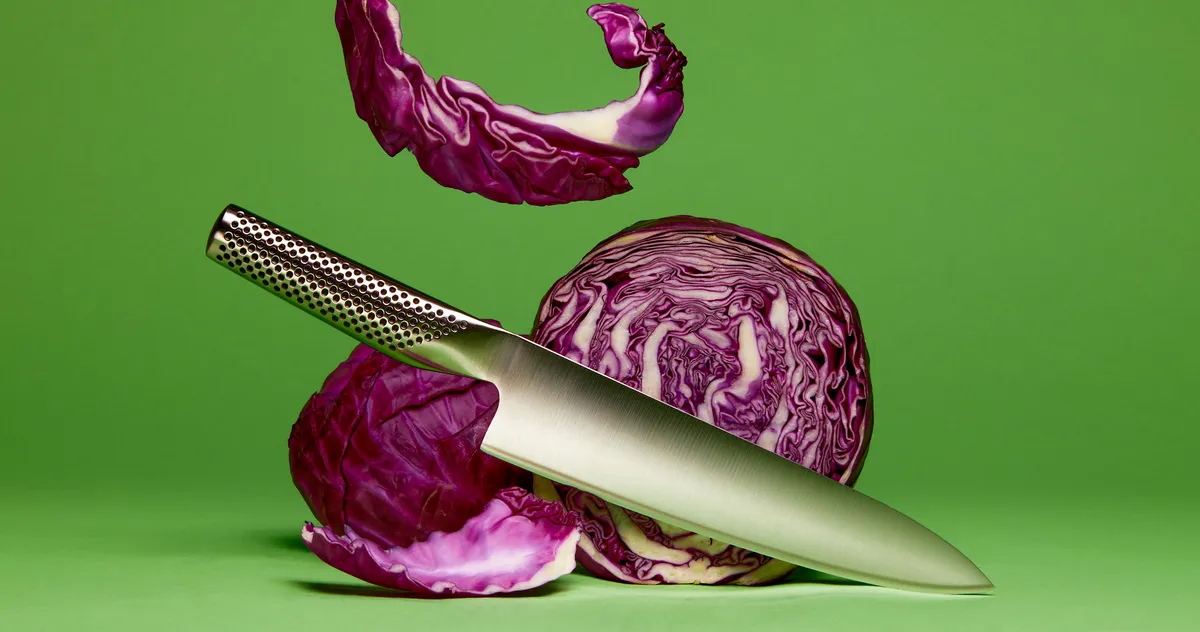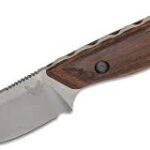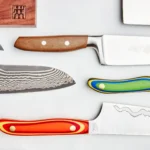Crafting Timeless Beauty With Raindrop Damascus
For centuries, the art of forging metal has captivated the minds and imaginations of artisans and craftspeople alike. Among the oldest of metalworking techniques is Raindrop Damascus, a process of folding and forging steels to create stunning patterns and textures in the steel. From centuries-old samurai swords to modern-day jewelry and artwork, raindrop Damascus has been used to create some of the most timeless pieces of art and beauty. In this article, we’ll explore the history, process, and resources required to craft raindrop Damascus.
History of Raindrop Damascus
raindrop damascus is a type of steel that has been used for centuries both for utilitarian purposes and decorative purposes. It is a type of pattern welded steel, also known as Damascus steel, which is made by combining different steels and forging them together to create a new steel alloy with a unique pattern. The pattern is created when layers of different steels forge together during the forging process. The resulting steel alloy is then acid etched, which gives the steel its signature “raindrop” pattern when viewed under a microscope or with a loupe.
The origin of Raindrop Damascus steel is not entirely clear, but it is believed to have formed in the Near East or the Middle East sometime between the mid 11th and mid 13th centuries AD. It was used primarily for swords and daggers, but was also used to make other weaponry such as knives, spears and arrows. It is believed to have been first developed in what is now modern day Syria and Iraq, and became increasingly popular in Europe during the Crusades.
The exact composition of the steel used to make Raindrop Damascus is not known, but it is thought to be a combination of different steels such as wootz, bulat, and tamahagane steel. These three types of steel were likely chosen due to their properties of strength, flexibility and durability. The exact composition of the steels used to make Raindrop Damascus is something of a mystery, which contributes to the allure of this unique metal.
Today, Raindrop Damascus is still used for both functional and decorative purposes. Knives, swords, and other weaponry are still being crafted from Raindrop Damascus steel, and it is also used in jewelry and other metalwork as a decorative accent. As a result of its popularity, Raindrop Damascus is now being used in a variety of industries, from automotive and motorcycle parts to kitchen knives and cutlery. As a testament to its timeless beauty and strength, Raindrop Damascus steel will continue to be used for centuries to come.
Making Raindrop Damascus
Raindrop Damascus is a type of pattern welding that produces a characteristic wavy pattern in the steel, which is unique and instantly recognizable. This specialty forging technique has been used for centuries to create stunning, visually captivating blades, sword and knife handles, jewelry, and more. Creating Raindrop Damascus requires a masterful skill set, as well as the willingness to devote a significant amount of time and energy to perfecting the art form.
The process begins with two different types of steel that are heated and forge-welded together. The most popular combination of steel is L6 and 15N20, which are the two most common steels used in pattern welding. The steels are then welded together into one long billet. The billet is then heated, hammered flat with a special Damascus hammer, and cut into short lengths.
Once the billet is cut into short lengths, it’s time to begin the folding process. Each short length is folded in half, re-welded, and cut in half again. This process is repeated until the desired number of layers has been achieved. After the folding and welding process is complete, the billet is heated and hammered into the desired size and shape. This process is then repeated until the desired number of layers is achieved.
Once the blade has been formed, it’s time to begin the etching process. This is done by submerging the blade into a bath of diluted acid, which brings out the wavy pattern in the steel, known as theraindrop damascus pattern. This etching process can be done multiple times, depending on the level of detail desired in the pattern.
Crafting Raindrop Damascus is a time-consuming process, but the end result is a one-of-a-kind blade that will last through generations and be cherished. By combining the traditional metalsmithing technique of pattern welding with the modern etching process, artisan bladesmiths create timeless pieces of craftsmanship that will stand the test of time.
Gathering Resources
Gathering the necessary resources for crafting Damascus steel is one of the most important steps in creating beautiful and timeless raindrop Damascus pieces. When looking for the perfect steel, it is important to find one that is of a high enough quality to produce the popular and sought after rippled pattern. It is essential that the steel has the right carbon content, otherwise the pattern will not be properly produced. Additionally, when choosing the correct type of forge, it is important to ensure it has the proper temperature and air control in order to produce the desired Damascus pattern. Having the right metals, tools, and equipment is essential to crafting the perfect raindrop Damascus pieces.
Forge Welding
Forge welding is a process of joining two pieces of metal together using extreme heat and intense pressure. The process involves hammering and heating the metals until they become one. The resulting product is known as Raindrop Damascus and is renowned for its strength and beauty. In this process, layers of steel are welded together and the results are often quite stunning. It is a complex process, which requires experience and skill to get the best results. This is why so many artisans specialize in forge welding to create beautiful pieces that will last a lifetime.










